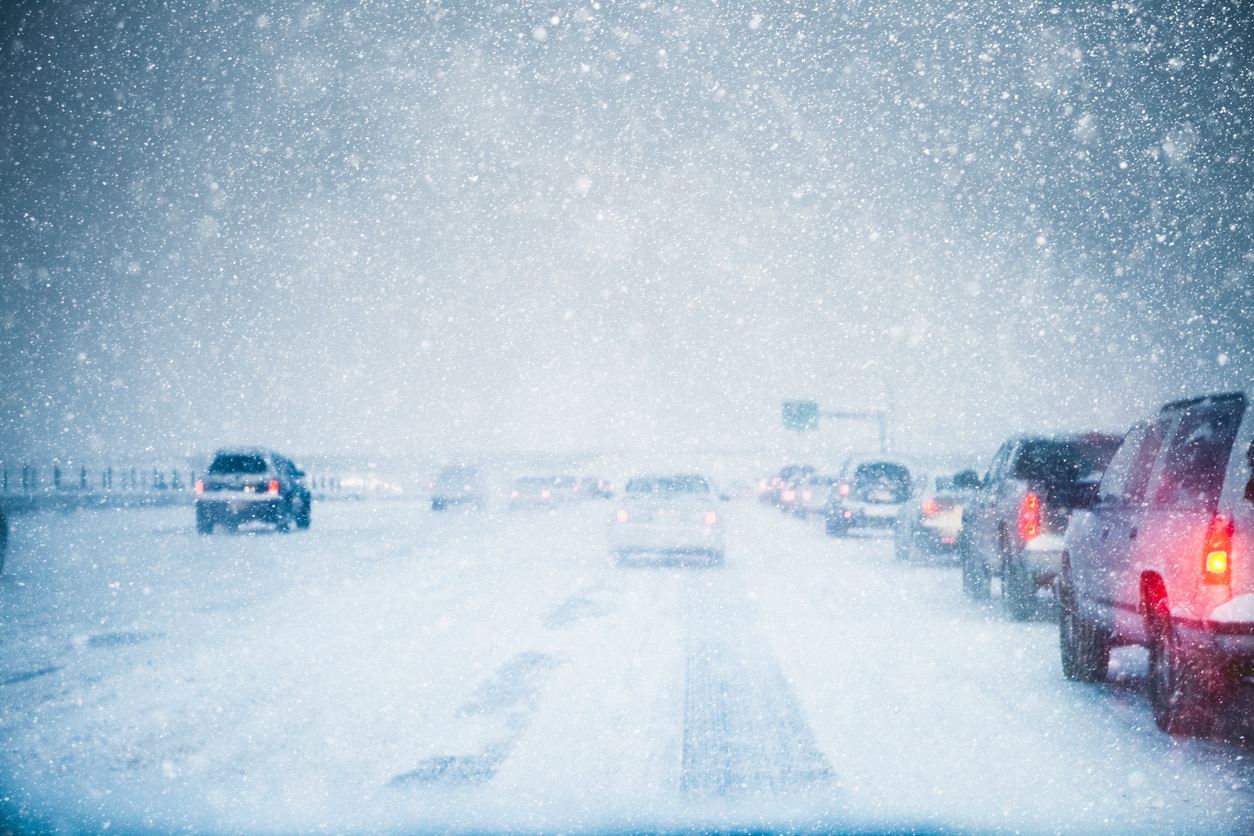
If an injured person chooses to sue a road authority for negligence as a result of deficient winter weather maintenance, the liability picture changes substantially based on the type of roadway where the accident occurred.
- If the accident occurred on a roadway controlled by a municipality, the test for liability is governed by section 44 of the Municipal Act, 2001, S.O. 2001, c. 25.
- If the accident occurred on a roadway controlled by the Province, the test for liability is governed by section 33 of the Public Transportation and Highway Improvement Act, R.S.O. 1990, c. P. 50.
While it is not intuitive to think that who controls the roadway where the accident occurred would have much of an impact on liability, this could not be more wrong. Unfortunately, it is much harder for a Plaintiff to establish liability on a municipality for deficient winter road maintenance than it is to establish liability on the Province.
The Test
The test applicable to establish liability for accidents on both municipal and provincial roadways is:
- Do the road conditions give rise to an unreasonable risk of harm to users of the roadway?
- Has the authority failed to take reasonable steps to eliminate or reduce the danger within a reasonable time after it became or ought to have become aware of its existence?[1]
Assuming causation is proven, if the above test is met, then liability will attach to the Province for maintenance deficiencies on provincial roadways. However, for accidents that occur on municipal roadways, section 44 of the Municipal Act provides the municipality with three statutory defences that are not available to the Province, most important of which are the standards pursuant to the Minimum Maintenance Standards for Municipal Highways.
The Minimum Maintenance Standards (MSM) are a statutory defence against accusations of negligence for non-repair on the roads. The problem with the MSM is that the threshold it creates is quite low. For example, for a class 1 roadway, which includes the busiest roadways, the minimum frequency for patrolling the roadway is three times every seven days. Furthermore, the minimum response time for a municipality to treat a roadway once it has determined there is a substantial probability of ice formation is six hours on a class 1 roadway. Once ice actually forms, the municipality has three hours to treat the ice on a Class 1 roadway.
Cases
The threshold created by the MSM is significantly lower than what the Courts have deemed acceptable in cases where the MSM did not apply. For example:
In Giuliani v Region of Halton, the Court found liability against the Regional Municipality of Peel for deficient winter road maintenance. This case was against a municipality, however the MSM was deemed not to apply as this case was about the municipality’s responsibility to prevent ice formation, rather than to treat ice that had already formed. At the time this case was decided, the MSM did not have provisions that spoke to preventing ice formation (as noted above, this was subsequently changed after this decision).
The accident in question occurred on a class 2 road after approximately two cm of snow had fallen in the early morning. Snow began to fall at about 4:00 AM and the accident happened at about 7:00 AM. The Court concluded that at the time of the accident the road in question was snow covered and icy and, therefore, presented a hazard to users of the road.[2] The weather forecast from the day before the accident indicated an 80 per cent to 100 per cent probability of snowfall the morning of the accident. However, no patrol or salters were scheduled despite this forecast, so the road was left to become icy, which caused the accident in question.[3] The trial judge found that a night patrol should have been conducted given the unqualified forecast of snow overnight issued by Environment Canada the day before the accident.
The Court in this case (just as in Montani, which will be discussed below) focused on the municipality’s failure to prevent the formation of ice, rather than its treatment of ice once it formed. If this accident had occurred today the MSM would have applied, providing a minimum time of 8 hours for the road authorities to respond once they became aware of the substantial probability of ice forming on the roadway.
In Montani v Matthews, the Plaintiff was involved in an accident on a bridge due to black ice. However, the location of the accident had been salted and sanded just three and a half hours prior to the accident. The Defendant (the MTO) stated that, since the accident had occurred in such a short time after the bridge was salted and sanded, the road should not be found to have been in disrepair and, therefore, no liability should be found. Justices Moldaver and Abella (then on the ONCA) rejected this position, stating:
“In my opinion, as a matter of law, there is no need to insist on the actual formation of black ice as a condition precedent to a finding of non-repair. If, for example, instead of the imminent formation of black ice, the Ministry had actual or constructive notice that the bridge was structurally unsound and on the verge of collapse, there can be no doubt that the Ministry’s failure to take remedial measures prior to the actual collapse of the bridge would subject it to liability under section 33 (1) of the Act.”[4]
The Court of Appeal determined that the MTO did not take reasonable remedial action as they knew that the formation of black ice was a “virtual certainty”. As the MTO knew that black ice would likely form, it was their duty to salt and sand the bridge more than once between 8:00 AM and the time of the accident at 11:30 AM. [5]
Conclusion
As the cases above show, the difference in attaching liability to a road authority is very different based on whether a municipality or the Province has jurisdiction over the roadway. The MSM creates a low threshold for the municipality to meet that can prevent recovery in a case that might otherwise be successful. It is important that lawyers fully understand the liability picture for accidents that occur on both provincial and municipal roadways to ensure these cases are investigated and handled appropriately at the outset of the case. The difference between the two standards can have a profound impact on an injured person’s ability to receive full compensation for their losses.
If you would like any further information on this issue or have any questions about your rights if you are involved in an accident because of poor winter road conditions, please contact Daniel Fisher, personal injury lawyer, by phone at 416 644 2080 or email at dfisher@hshlawyers.com or Michael J. Henry, Partner, by phone at 416 361 0889 or email at mjhenry@hshlawyers.com.
[1] Giuliani v Region of Halton, 2010 ONSC 4630 (affirmed by the ONCA in Guiliani v Halton (Municipality), 2011 ONCA 812.
[2] Ibid at para 129-131.
[3] Ibid at para 91.
[4] Montani v Matthews et al., [1996] O.J. No. 1974 at paragraph 51 (Montani).
[5] Montani at para 48.






